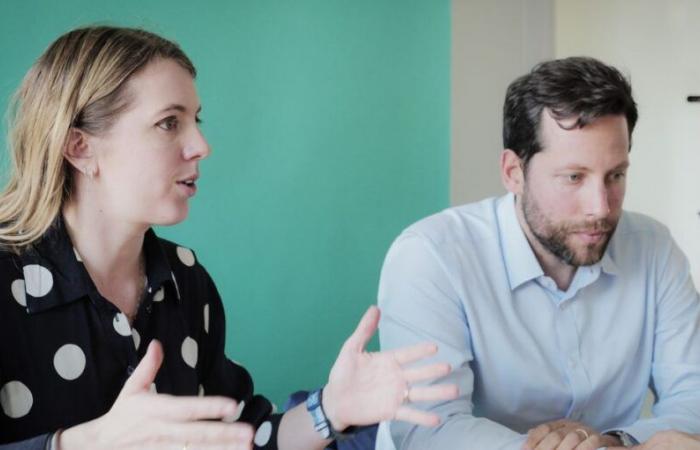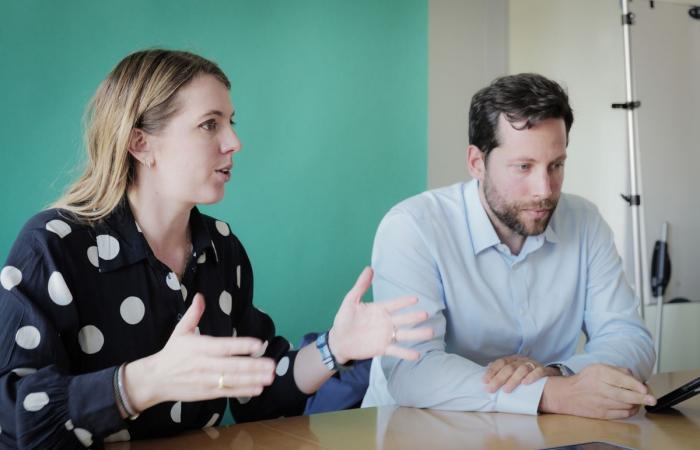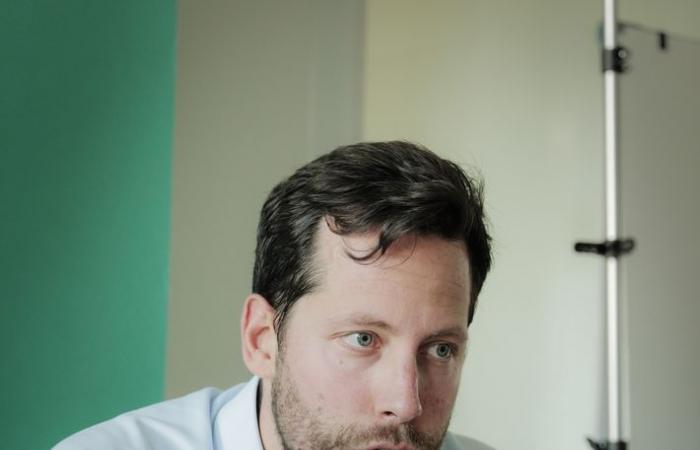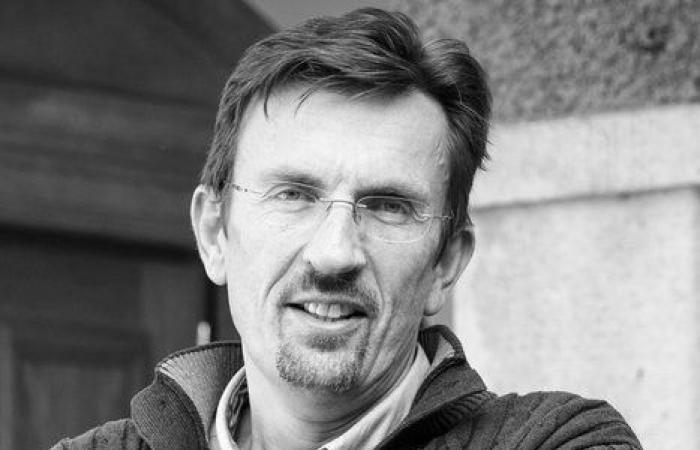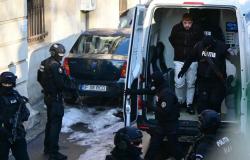ThoseGeneva votes –Where to install solar? Wherever it is suitable or on new buildings?
On May 18, the people had to decide between an initiative of the Vert’liberals and a counter -project. Debate between Aurélien Barakat, president of the first, and the deputy for PLR Diane Barbier-Muller.
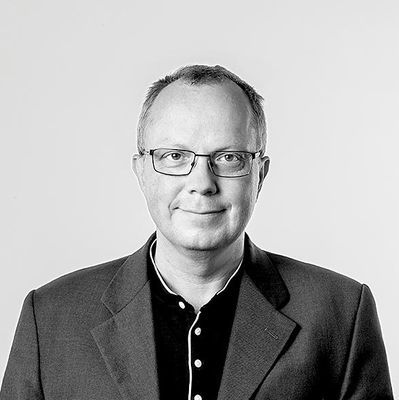
Posted Today at 5:00 am
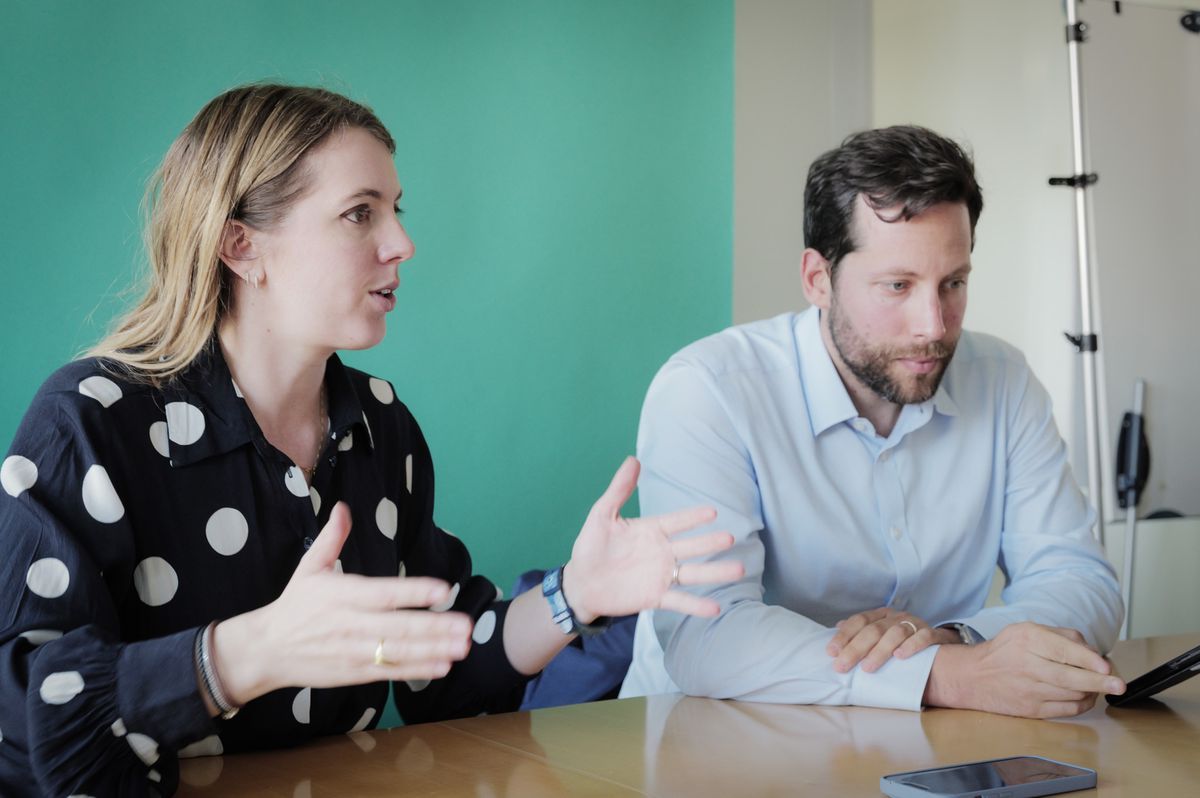
Debate between Diane Barbier-Mueller and Aurélien Barakat at the “Tribune de Genève” to speak energy and votes of May 18.
Laurent Guiraud/Tamedia
Subscribe now and take advantage of the audio reading function.
- The initiative of the Vert’liberals requires the solar equipment of all the buildings adapted by 2035.
- The counter-project offers less restrictive measures limited to new constructions.
- Geneva solar production could reach 40% of consumption by 2035 if the initiative passes.
Energy production solar is essential in the political agenda. In 2023, the panels produced more than 7% of the country’s electricity consumption. A figure exceeding 10% in 2024.
In Geneva, you have to go faster and further, believe the Green. According to their initiative, subject to electricity and voters on May 18, eligible constructions must be equipped by 2035, or 2030 for large consumers.
The Grand Council proposes to limit the effort to new buildings, while the Energy Plan plans to produce 350 MWc of photovoltaic solar by 2030. Who votes what? The left and the center accept the initiative, the right opposes it. Everyone approves the counterpoint. A subsidiary question will decide the texts, if the two were accepted.
Aurélien Barakat, why did you launch your initiative when the climate law and the Energy Plan already plan to produce 350 GW in 2030?
AB: The climate law was voted by 75% of voters. It was a law of objectives and it must be implemented. However, we do not advance quickly enough. The city of Geneva is the last in the Swiss class in terms of Voltaic.
We ask the Council of State to carry out an inventory of surfaces adapted to the installation of panels and that we go there for all that is the “easy” part to achieve, when it makes sense technically and financially in particular. The counterpoint is more limited and would only pass solar production from 6% to 18% in 2030. It is insufficient. With our initiative we think we can go up to at least 40% by 2035.
But we can retort that your initiative provides unrealistic realization deadlines. Why maintain it?
AB: For 2030, our objectives correspond to the temporal objectives that the counterpoint fixes, they are therefore realistic. For 2035, we ask him to be more ambitious and attack the building. The ball is in his camp; If, after acceptance, he considers that the feasibility is 30 to 40% in the time given for the most suitable objects, well that’s what we will do, before moving on to the rest. But you also have to set close dates, otherwise we always repel everything to the Greek calendars.
Diane Barbier-Mueller, what does the counter project offer?
DBM: By working with professionals and the department, we have set the initiative to which we share the objective. We have concretely specified the initiative with a panel of aid, whether in the form of tax exemptions or guarantees, if necessary.
We also take into account the question of heritage protection, which is a sensitive subject for Genevans. We have buildings worthy of being protected, and say that they could undergo aesthetic damage would risk going against the goal pursued.
AB: Our initiative absolutely does not prevent the installation of thermal panels! It is quite possible. In addition, the energy needs of the planet and our societies are enormous and solar is a clean and native energy.
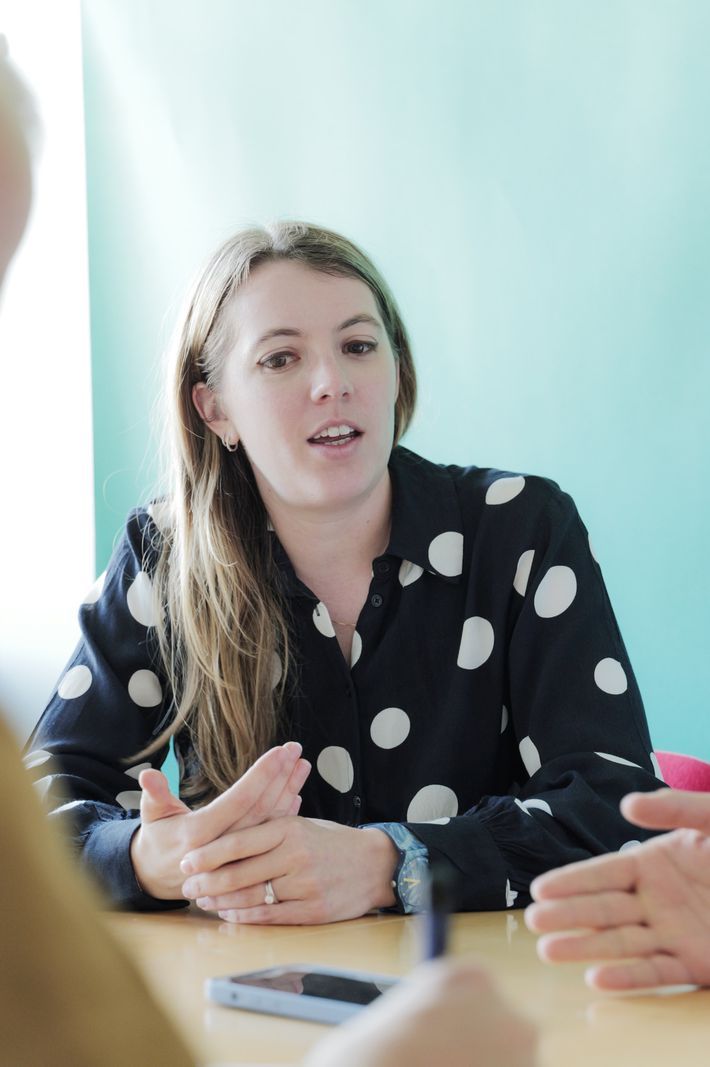
Diane Barbier-Mueller, MP PLR.
Laurent Guiraud/Tamedia
Madame Barbier-Mueller, by limiting the installation of panels to new buildings or renovations, do you consider it enough when Switzerland’s climate inaction was sentenced by the European Court last year?
DBM: You must be realistic and not to oppose energy renovations, such as insulation or ventilation, and the installation of solar panels. We must take advantage of the natural movement of the renovations of buildings to solve all the issues and not multiply the expensive work. The initiative is only interested in the Voltaic panels, which is reductive. If everyone wants to place panels at the same time, the cost will explode, like deadlines, for lack of available labor.
AB: We are accused of being extremists, but it is not. The initiative will not apply to small owners, but to large owners whose buildings offer sufficiently profitable areas to place large facilities. And for these, there will be a cost, but also a profitability, which can be quite strong. And I insist, the current rate of progression is too slow to achieve the objectives posed by the Genevans.

Aurélien Barakat, president of the Vert’liberals.
Laurent Guiraud/Tamedia
The counter-project values the preservation of the heritage that the initiative would endanger. What do you answer, Mr. Barakat?
AB: There is an inventory of buildings. The canton can classify whatever he wants and then let the work be done, which he stops with his administrative pitfalls. I am a little surprised that the PLR is attached to this point in administrative procedures concerning the heritage …
It’s right, Madame Barbier-Mueller? Was it not the PLR who spent hours in committee to make the trial of the department, too eyebrow on this issue?
DBM: First, there is too much state notice to carry out projects, it is a fact. Then, you should not disgust the population by placing panels anywhere. But the inventory or classification of buildings is not a measure to be used lightly, because it has an impact on the future cost of renovations and constraints for owners.
AB: The ranking may be a lesser evil, if it allows you to do without the notice of the CMNS (Editor’s note: monument, nature and sites commission) On other projects, CMNS qualified as an extreme dogmatic institution by the President of the Court of Justice and which is an obstacle to solar development.
In addition, the historic building in Geneva belongs above all to the State, the City and the Caisses of Public Pensions. There is no reason to spare them to achieve the ecological transition.
The question of the cost of the connection, the guarantee of loans and the buyout prices will condition the success of the projects. According to the Council of State, the initiative is not clear …
AB: We could have been more precise or less. What matters is that the state limits the risks taken by the private people to promote the necessary investments, and this is what the counterpoint also offers.
A counterpoint that saves tenants and owners, but heavily loads the GIS (125 million) and the State. Does this distribution seem right to you?
DBM: Yes, GIS have the means to invest, we see it with the installation of structuring thermal networks. For years, they bought the solar energy of individuals at noon at noon before reselling it more expensive in the evening. Now the situation has changed a lot and the installations of the private people are spontaneously flourish everywhere.
Forcing the GIS to be taken care of free of charge of the connection of the barns of peasants anywhere in the countryside is also justified?
AB: Yes, it’s a very good measure.
DBM. Farmers clearly need this aid.
The obligation of double glazing shows that the state can sit on its obligations … A possible destiny for your projects, the initiative as the counter project?
DBM: The obligation of double glazing is in force and two owners are in harbor, the canton and the city. Yes, it is possible.
AB: The state can always be tempted to sit on its legal prescriptions, but we will be very attentive to what it does not happen.
“You have to install installations wherever it is possible”
Stéphane Genoud, professor responsible for Energy Management LAB at the Entrepreneurship & Management Institute and the Energy and Environmental Technology Institute of HES-SO Valais, is looking at the proposals. Here is his analysis.

Professor Stéphane Genoud.
DR
“Solar energy production is a current debate. The crisis of recent days in Spain has demonstrated, if necessary, that it is always easier to go up a network that has fallen when there is too much current than not enough. In addition, in case of overproduction, we can simply stop production.
Producing more or less solar is the Geneva debate. The initiative proposes to produce more, the counterpoint less. I lean in favor of the initiative. Today, 30% of our consumption in winter is ensured by imports of current from the European Union and our nuclear power plants will stop.
Installations must be placed wherever possible. And in Geneva, if we think by inhabitant, even if we cover the roofs, we will remain below needs, because a roof offers less surface per capita than individual houses.
However, at the time of consumption peaks, for example at noon in winter, infrastructure will produce something even if the weather is covered. Obviously, consumption can also be done in the early evening and it’s more complicated. But one can imagine that the excessive production of the day of an installation is stored on site in batteries, then released later in self -consumption or sold to the network. From 2026, federal law will authorize the establishment of local electricity communities for this purpose.
One can also imagine that the excess is used to produce hydrogen, even if the loss rate is still 70%. It’s always better than a production stop. But the question of electrical overproduction is still a little theoretical. In Spain, 79% of consumption around noon is ensured by solar, but that means that it is still necessary to supply the network up to 20% by another source. ”
“Latest news”Do you want to stay at the top of the info? “Tribune de Genève” offers you two meetings per day, directly in your e-mailbox. To not miss anything of what is happening in your canton, Switzerland or in the world.
Other newslettersConnect
Did you find an error? Please report it to us.
21 comments

